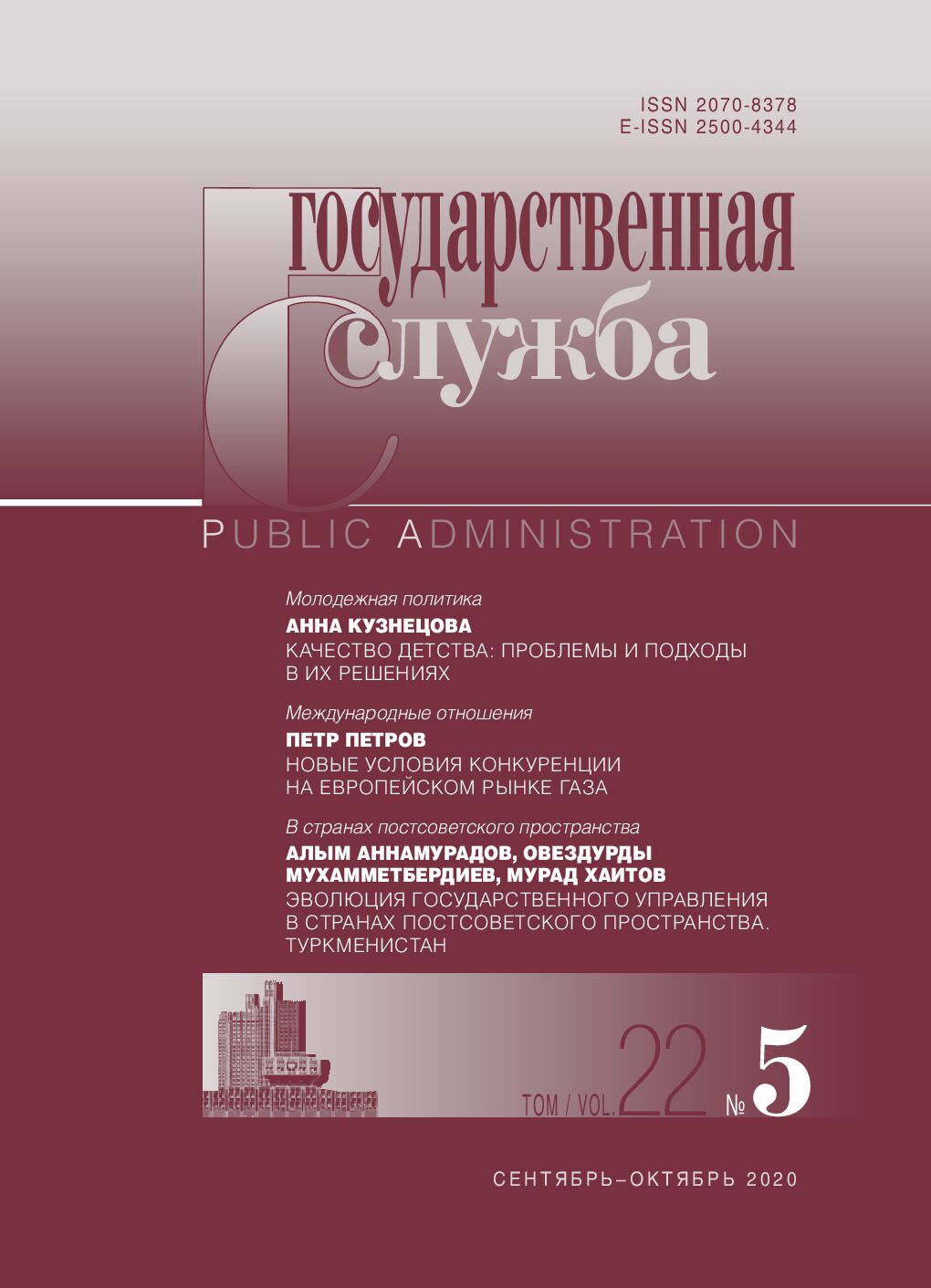Recommended link to article:
OKSANA GEORGIEVNA CHUPROVAа
аRussian Presidential Academy of National Economy and Public Administration
JEAN-CASSIEN BILLIERb
bSorbonne University
DOI: 10.22394/2070-8378-2020-22-5-67-75
Abstract:
The article considers the policy for “poles of competitiveness” – a French method of implementing cluster strategies, which serves as an example of the interaction between science, education, and territorial entities to ensure sustainable development through the creation and launch of innovative products and training of in-demand personnel. The modern development of regions and territories in many countries is carried out through the use of cluster technologies. These technologies are based on the relationship of educational, research, and entrepreneurial resources. Cluster technologies serve to develop and implement innovative products and solutions in various fields of activity. These approaches are becoming the most popular in the implementation of state policy: regional, industrial, and technological systems are combined in cluster strategies to increase competitiveness, attractiveness, economic and technological indicators of territories and the nation as a whole. The central definition of the poles of competitiveness is “joint innovation projects”; implementation of these projects requires various participants to be involved. This approach should create an incentive for interaction at the local level and cooperation between the parties, increase the efficiency of all involved structures, develop the innovation sphere, and create new data in the related network.
Keywords:
poles of competitiveness, cluster, innovations, knowledge economy
Received:
September 29, 2020
References:
Communication from the Commission Putting knowledge into practice: A broad-based innovation strategy for the EU. Brussels. COM. 2006. In English
Dang R. J., Longhi C. Clusters and collective learning networks: the case of the Competitiveness Cluster “Secure Communicating Solutions”. The Journal of Industrial Economics. 2009. No. 128. P. 121-152. In French
Garnsey E., Longhi C. High technology locations and globalisation: converse paths, common processes. International Journal of Technology Management. 2004. Vol. 28, No. 3-6. P. 336-355. In English
Guigou J.-L. et al. Development of France in 2020. DATAR. La Documentation française. Paris. 2000. In French
Longhi C. Cluster dynamics: learning from Competitiveness Cluster policy. The case of ‘Secure Communicating Solutions’ in the French Provence-Alpes-Côte d’Azur Region. GREDEG Working Paper. 2017. No. 2017-42. http://www.gredeg.cnrs.fr/workingpapers/GREDEG-WP-2017-42.pdf. In English
Markusen A. Sticky places in slippery space: a typology of industrial districts. Economic geography. 1996. Vol. 72. No. 3. P. 293-313. In English
Marshall A. Principles of Political Economy. 8th Ed. Macmillan. London. 1920.
Competitive Regional Clusters: National Policy Approaches. OECD Reviews of Regional Innovation. Paris. 2007. In English
Porter M. E. et al. Clusters and the new economics of competition. Harvard Business Review. 1998. Vol. 76. No. 6. P. 77-90. In English
Articles in Open Access mode are published under the Creative Commons Attribution 4.0 International (CC BY) license.

